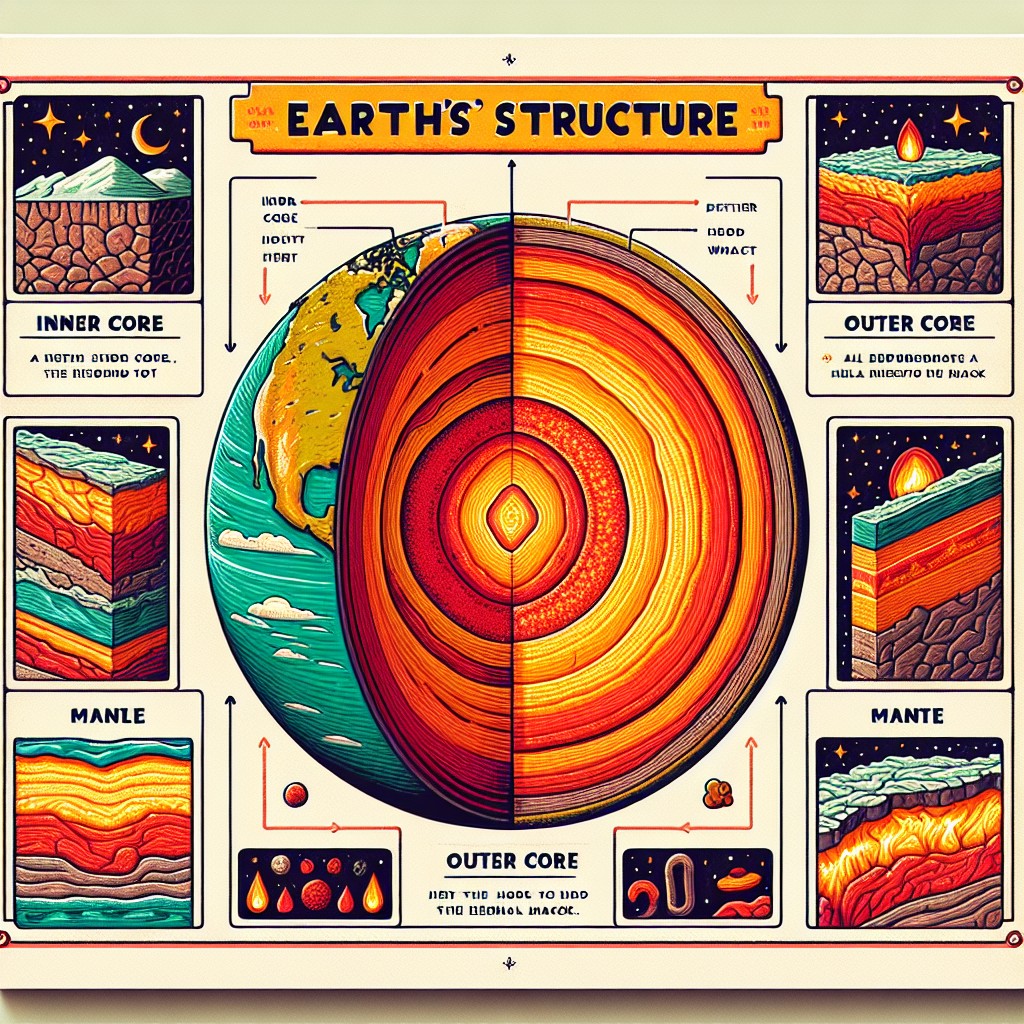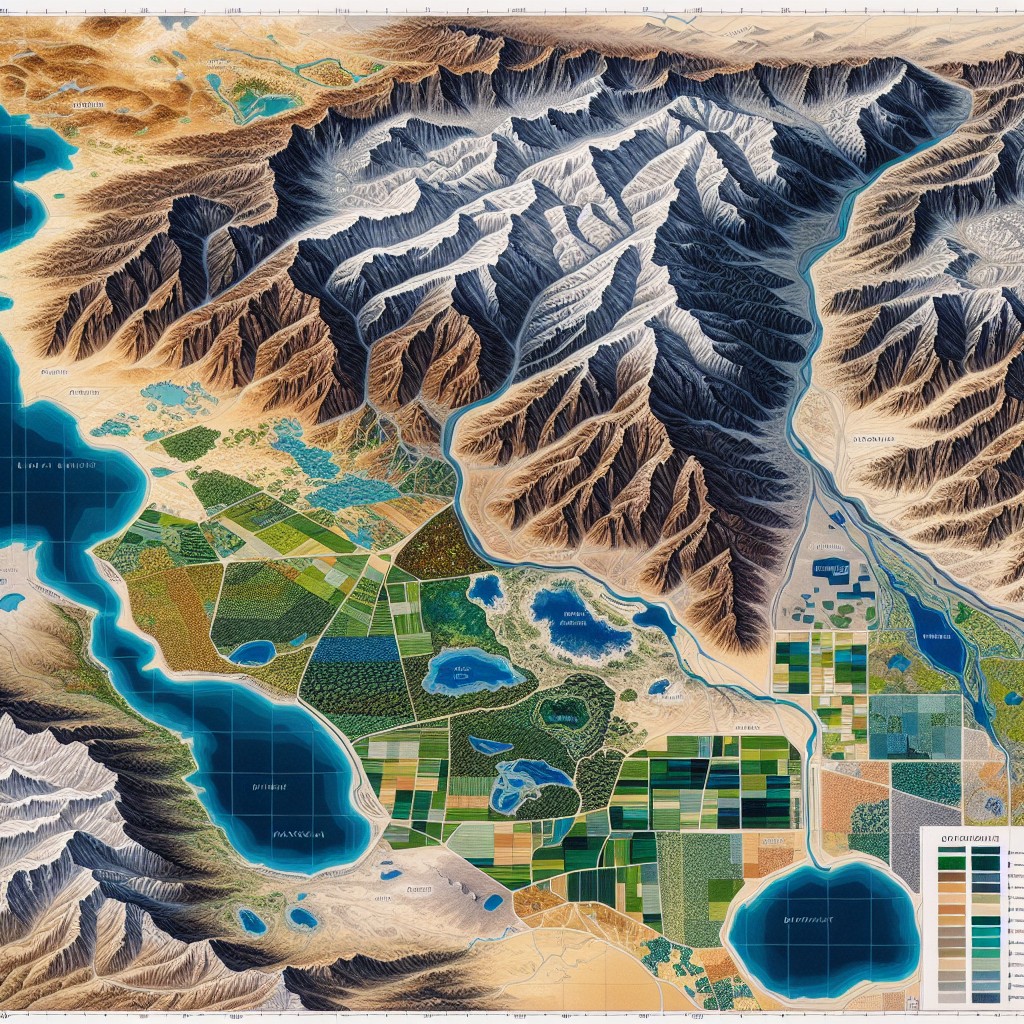Australia is a country known for its vast and diverse natural resources. From mineral deposits to agricultural land, water resources to forests, Australia is rich in natural wealth. These resources play a crucial role in the country’s economy and provide a foundation for various industries. In this article, we will explore the different types of natural resources found in Australia and their significance.
Summary
- Australia is rich in natural resources, including minerals, agriculture, water, forests, energy, marine life, wildlife, and tourism.
- The country’s mineral resources are abundant and diverse, making it a major player in the global mining industry.
- Australia’s agricultural resources are vast, with the country being a major exporter of wheat, beef, and dairy products.
- Water is a precious resource in Australia, and the country has implemented innovative solutions to manage its limited supply.
- Australia’s forests are essential for biodiversity and carbon sequestration, and the country has made efforts to protect them from deforestation and wildfires.
Mineral Resources: Australia’s Riches Underground
Australia is home to some of the world’s largest mineral deposits. The country is a major producer of coal, iron ore, gold, and other minerals. The mining industry is a significant contributor to Australia’s economy, providing employment opportunities and generating export revenue.
Coal is one of Australia’s most abundant mineral resources. It is primarily used for electricity generation and steel production. Australia is the world’s largest exporter of coal, with major markets in Asia. The country also has substantial reserves of iron ore, which is essential for steel production. Australia’s iron ore exports are vital to the global steel industry.
Gold mining has a long history in Australia, dating back to the 1850s gold rush. Today, Australia is the second-largest producer of gold in the world. Gold mining contributes to regional development and provides employment opportunities in remote areas.
Agricultural Resources: The Breadbasket of the World
Australia’s agricultural industry is another significant contributor to the country’s economy. The country has vast agricultural land and favorable climatic conditions for crop cultivation and livestock rearing.
Australia produces a wide range of crops, including wheat, barley, canola, cotton, sugar cane, and fruits. Wheat is one of the country’s major agricultural exports, with Australia being one of the world’s largest wheat exporters. Barley is also an important crop, with significant exports to Asia for brewing and animal feed.
Livestock farming is another essential aspect of Australia’s agricultural industry. The country is known for its high-quality beef and lamb production. Australia’s livestock exports contribute to the global food supply and support the country’s economy.
Water Resources: The Lifeblood of Australia
Water resources are crucial for sustaining life and supporting various industries. Australia has a complex water system, with rivers, lakes, and groundwater reserves.
The Murray-Darling Basin is Australia’s largest river system, covering an area of over one million square kilometers. It supports agriculture, providing water for irrigation and livestock watering. However, water scarcity is a significant issue in some parts of Australia, particularly during drought periods.
Water management and conservation efforts are essential to ensure the sustainable use of water resources. The Australian government has implemented various policies and programs to improve water efficiency and protect the environment.
Forest Resources: The Lungs of the Land
Australia’s forests are not only beautiful but also play a vital role in the environment. The country has diverse forest ecosystems, including rainforests, eucalyptus forests, and mangroves.
Rainforests are found in the wetter regions of Australia, such as Queensland and New South Wales. These forests are home to a wide range of plant and animal species, including unique and endangered ones. They also contribute to carbon sequestration, helping to mitigate climate change.
Eucalyptus forests are iconic to Australia, with over 700 species of eucalyptus trees found in the country. These forests provide habitat for koalas and other wildlife. Eucalyptus trees also have commercial value, with their timber used for construction and paper production.
Conservation efforts are crucial to protect Australia’s forests and preserve their biodiversity. National parks and protected areas help safeguard these valuable ecosystems for future generations.
Energy Resources: The Powerhouse of Australia

Australia has abundant energy resources, including coal, natural gas, and renewable energy sources. These resources play a significant role in meeting the country’s energy needs and supporting its industries.
Coal has been a dominant source of energy in Australia for many years. The country has large coal reserves and is one of the world’s largest coal exporters. However, there is a growing shift towards cleaner energy sources due to environmental concerns.
Natural gas is another important energy resource in Australia. It is used for electricity generation, heating, and industrial processes. Australia has significant natural gas reserves, and the industry contributes to the country’s economy.
Renewable energy sources, such as solar and wind power, are gaining momentum in Australia. The country has vast solar resources, particularly in the northern regions. Wind farms are also being developed in various parts of the country. The transition to renewable energy is essential for reducing greenhouse gas emissions and mitigating climate change.
Marine Resources: The Bounty of the Seas
Australia is surrounded by vast oceans, which provide a wealth of marine resources. The country has a diverse range of fish, shellfish, and other seafood that support both domestic consumption and export markets.
The Great Barrier Reef is one of Australia’s most famous marine resources. It is the world’s largest coral reef system and home to a wide variety of marine life. The reef supports tourism and provides economic benefits to local communities.
Sustainable fishing practices are crucial to protect Australia’s marine resources. Fishing quotas, size limits, and seasonal closures help ensure the long-term viability of fish stocks. Marine conservation efforts also focus on protecting sensitive habitats and reducing pollution.
Wildlife Resources: The Unique Fauna of Australia
Australia is known for its unique wildlife, with many species found nowhere else in the world. Kangaroos, koalas, and other marsupials are iconic to the country’s fauna.
Kangaroos are abundant in Australia and are considered a national symbol. They play an essential role in maintaining ecosystem balance and are also commercially harvested for their meat and hides.
Koalas are another beloved Australian animal. They are found in eucalyptus forests and are known for their slow-moving nature and cuddly appearance. Koalas are listed as a vulnerable species due to habitat loss and disease.
Conservation efforts are crucial to protect Australia’s unique wildlife. National parks and wildlife reserves provide habitat for endangered species and support research and conservation programs.
Tourism Resources: The Natural Wonders of Australia
Australia’s natural attractions draw millions of tourists each year. The country is known for its stunning landscapes, including the Great Barrier Reef, Uluru, the Great Ocean Road, and the Daintree Rainforest.
The Great Barrier Reef is a UNESCO World Heritage site and one of the seven natural wonders of the world. It attracts divers, snorkelers, and nature enthusiasts from around the globe. Tourism related to the reef contributes significantly to the economy of Queensland.
Uluru, also known as Ayers Rock, is a sacred site for indigenous Australians. It is a massive sandstone rock formation located in the Northern Territory. Uluru is a popular tourist destination, attracting visitors who come to admire its natural beauty and learn about Aboriginal culture.
Tourism plays a vital role in Australia’s economy, generating revenue and creating employment opportunities. The preservation of natural attractions is essential to ensure their long-term sustainability and continued contribution to the tourism industry.
The Importance of Preserving Australia’s Natural Resources
Australia’s diverse natural resources are essential for its economy, environment, and cultural heritage. From mineral deposits to agricultural land, water resources to forests, these resources provide the foundation for various industries and support livelihoods.
However, it is crucial to manage these resources sustainably and protect them for future generations. Conservation efforts, water management strategies, sustainable fishing practices, and renewable energy development are all necessary to preserve Australia’s natural heritage.
By valuing and protecting its natural resources, Australia can continue to thrive economically while maintaining its unique environment and biodiversity. It is a collective responsibility to ensure the sustainable use and preservation of these valuable assets.
FAQs
What are natural resources?
Natural resources are materials or substances that occur naturally in the environment and can be used for economic gain. Examples of natural resources include minerals, forests, water, and wildlife.
What are the major natural resources of Australia?
Australia is rich in natural resources, including coal, iron ore, gold, natural gas, uranium, and copper. It also has vast reserves of bauxite, nickel, zinc, and lead.
Where are the natural resources located in Australia?
The natural resources of Australia are located in various parts of the country. For example, coal is found in Queensland and New South Wales, while iron ore is found in Western Australia. Gold is found in Victoria and Western Australia, and natural gas is found in the Northern Territory and Western Australia.
How are natural resources in Australia extracted?
Natural resources in Australia are extracted through various methods, including open-pit mining, underground mining, and drilling. The extraction process depends on the type of resource and its location.
What is the impact of natural resource extraction on the environment?
Natural resource extraction can have a significant impact on the environment, including deforestation, soil erosion, water pollution, and air pollution. However, the Australian government has implemented regulations and policies to minimize the environmental impact of natural resource extraction.


